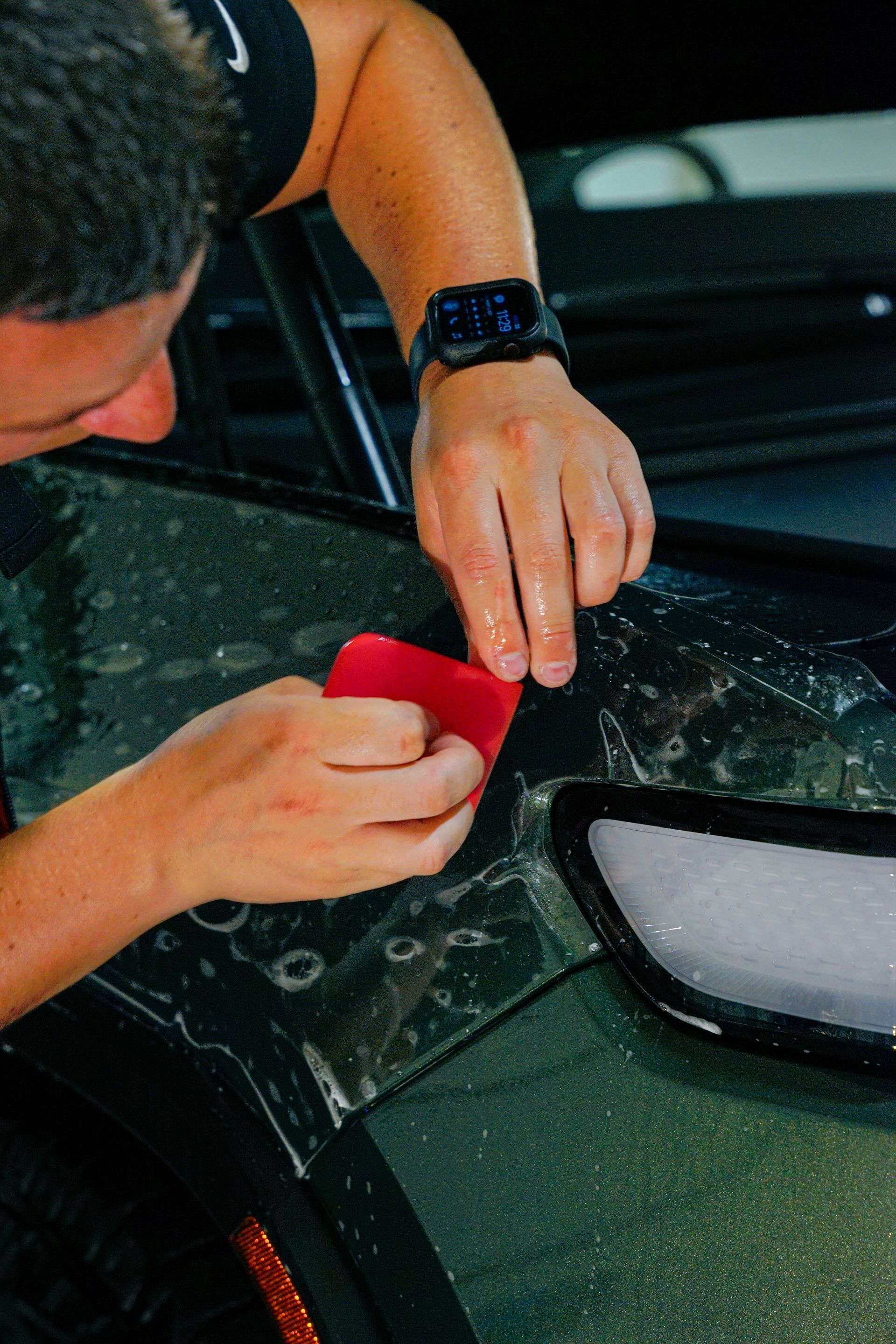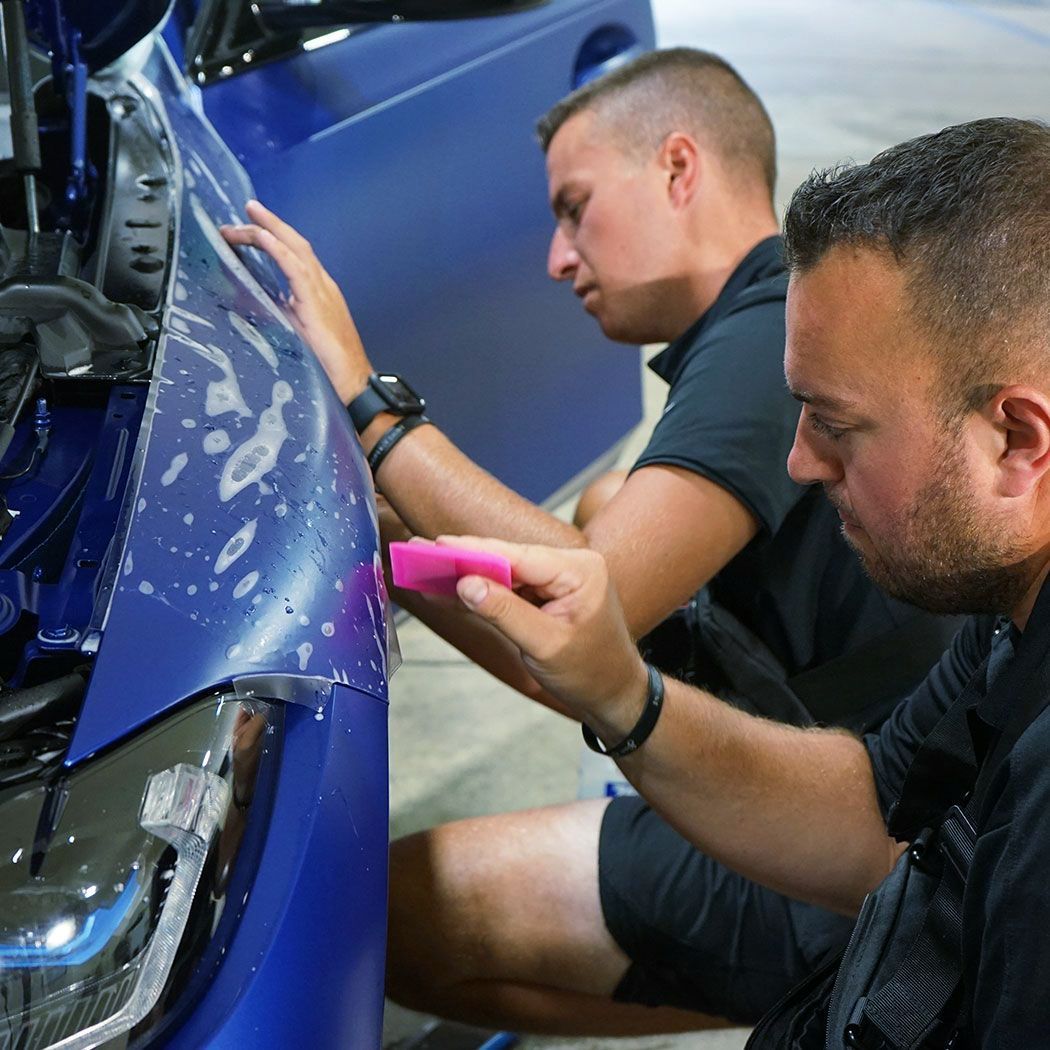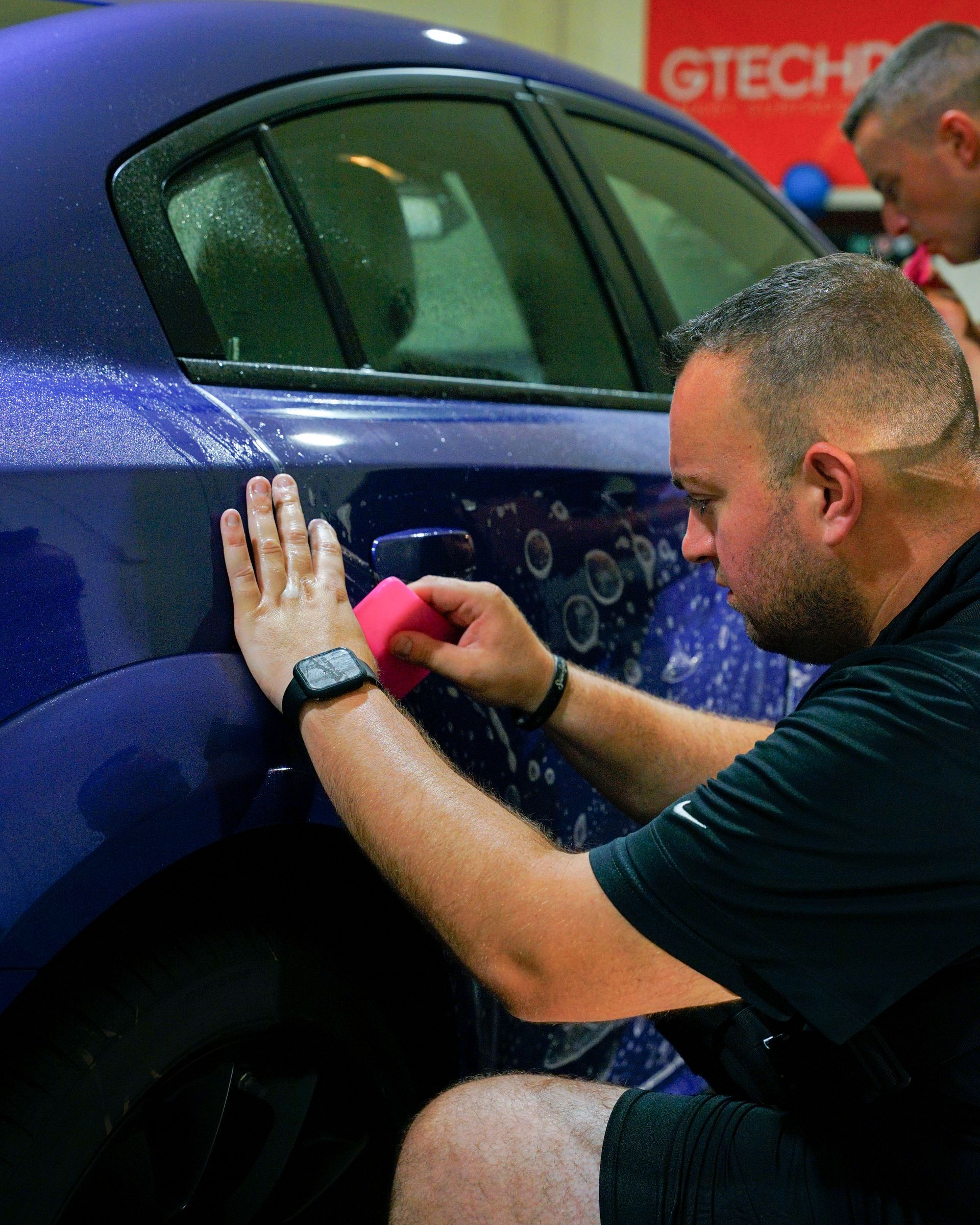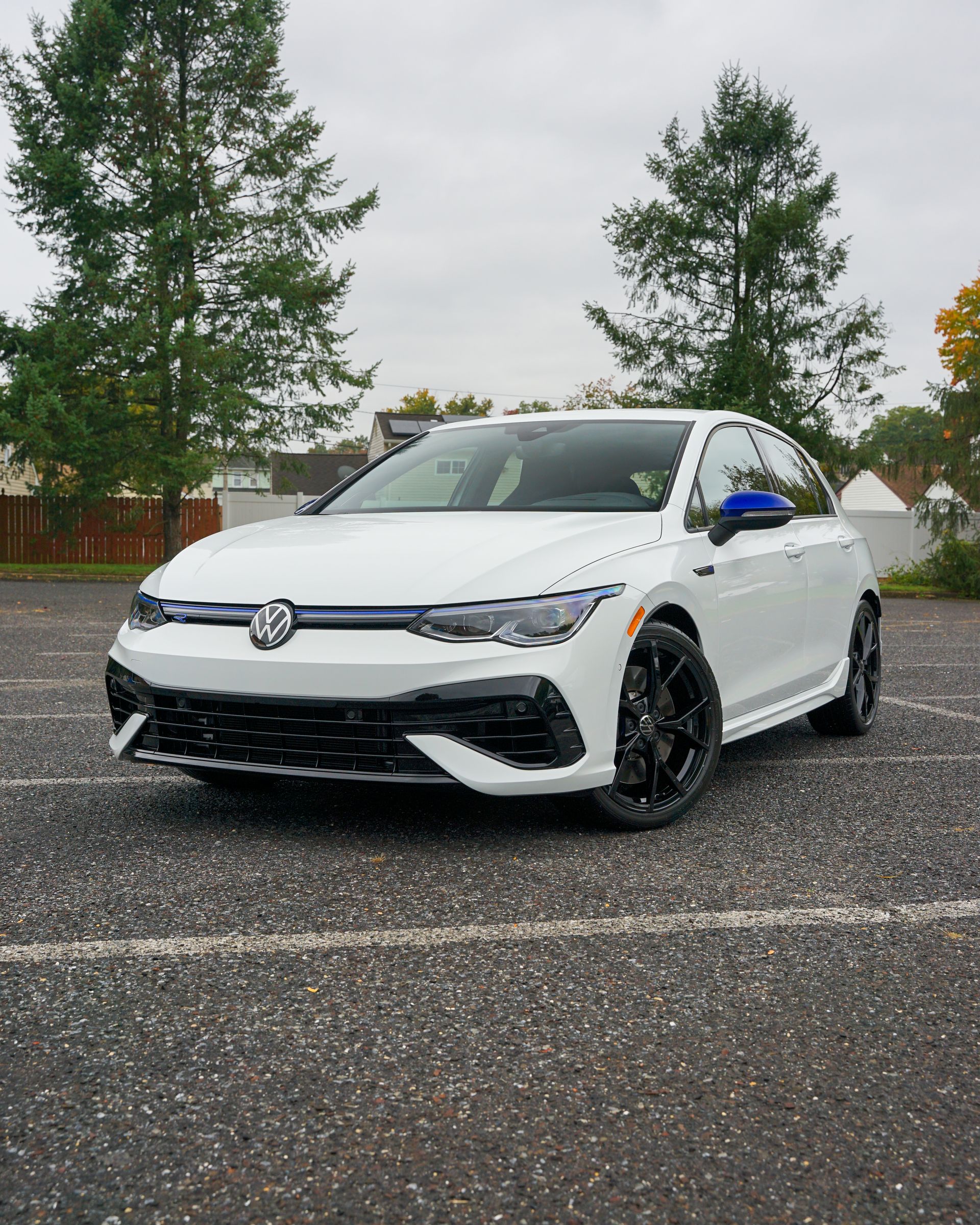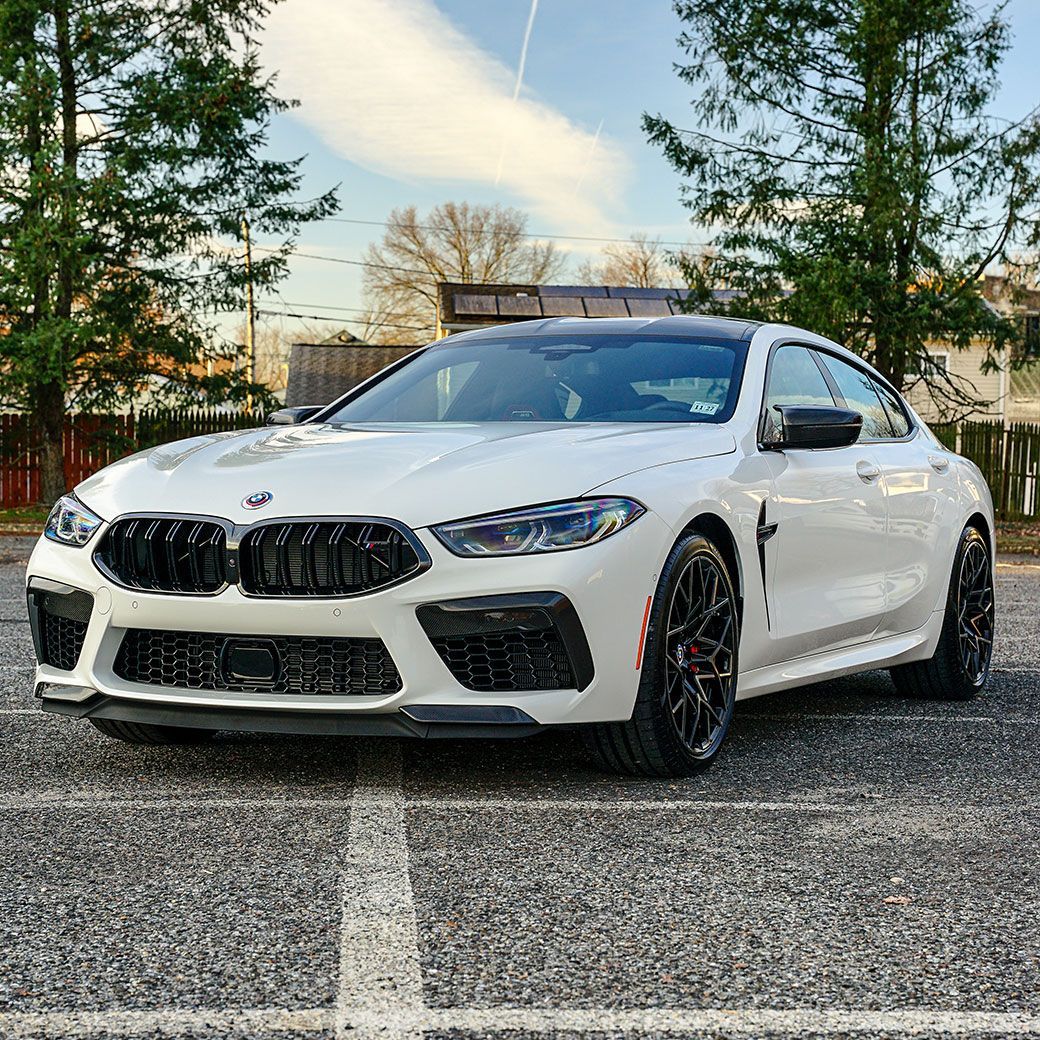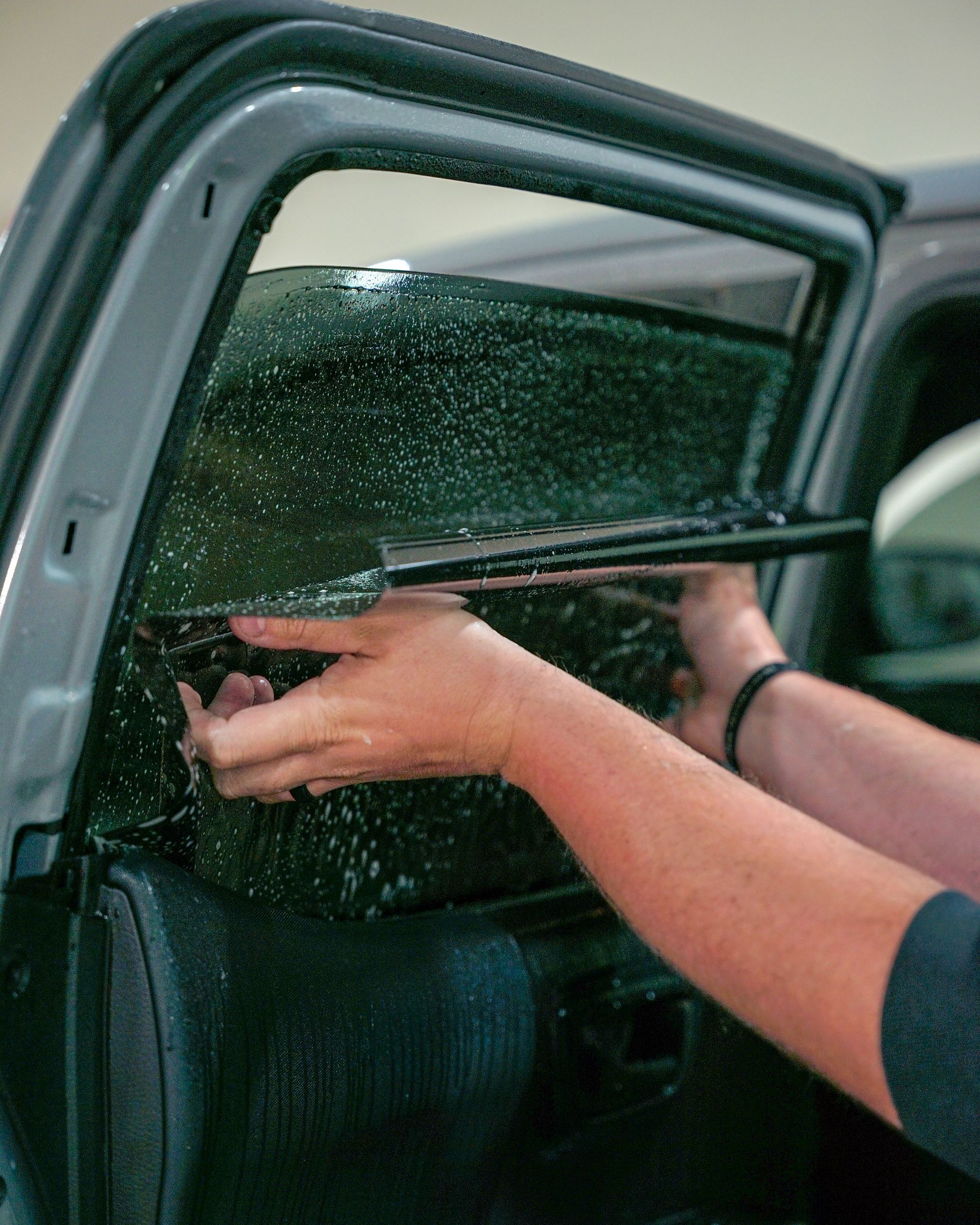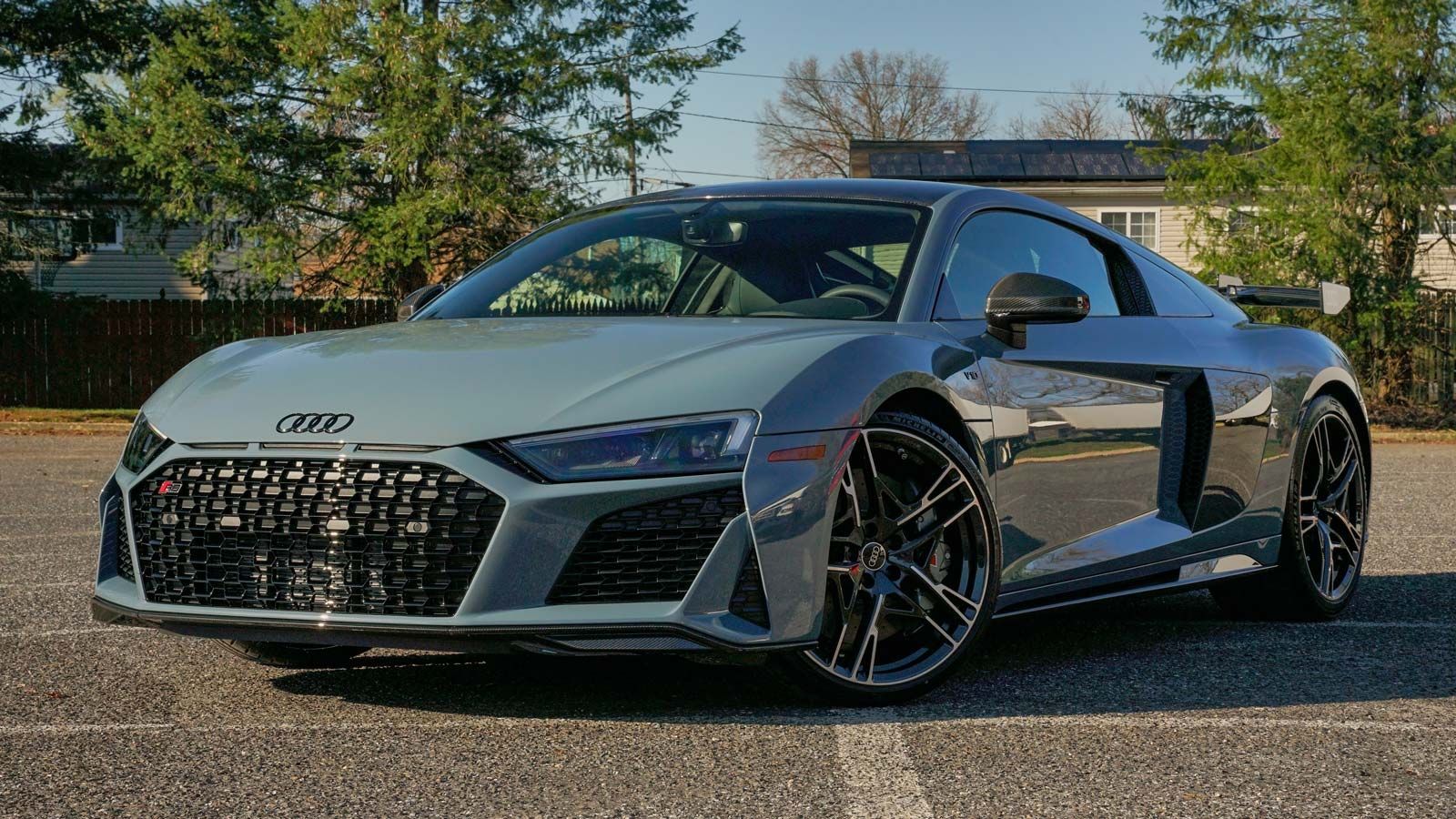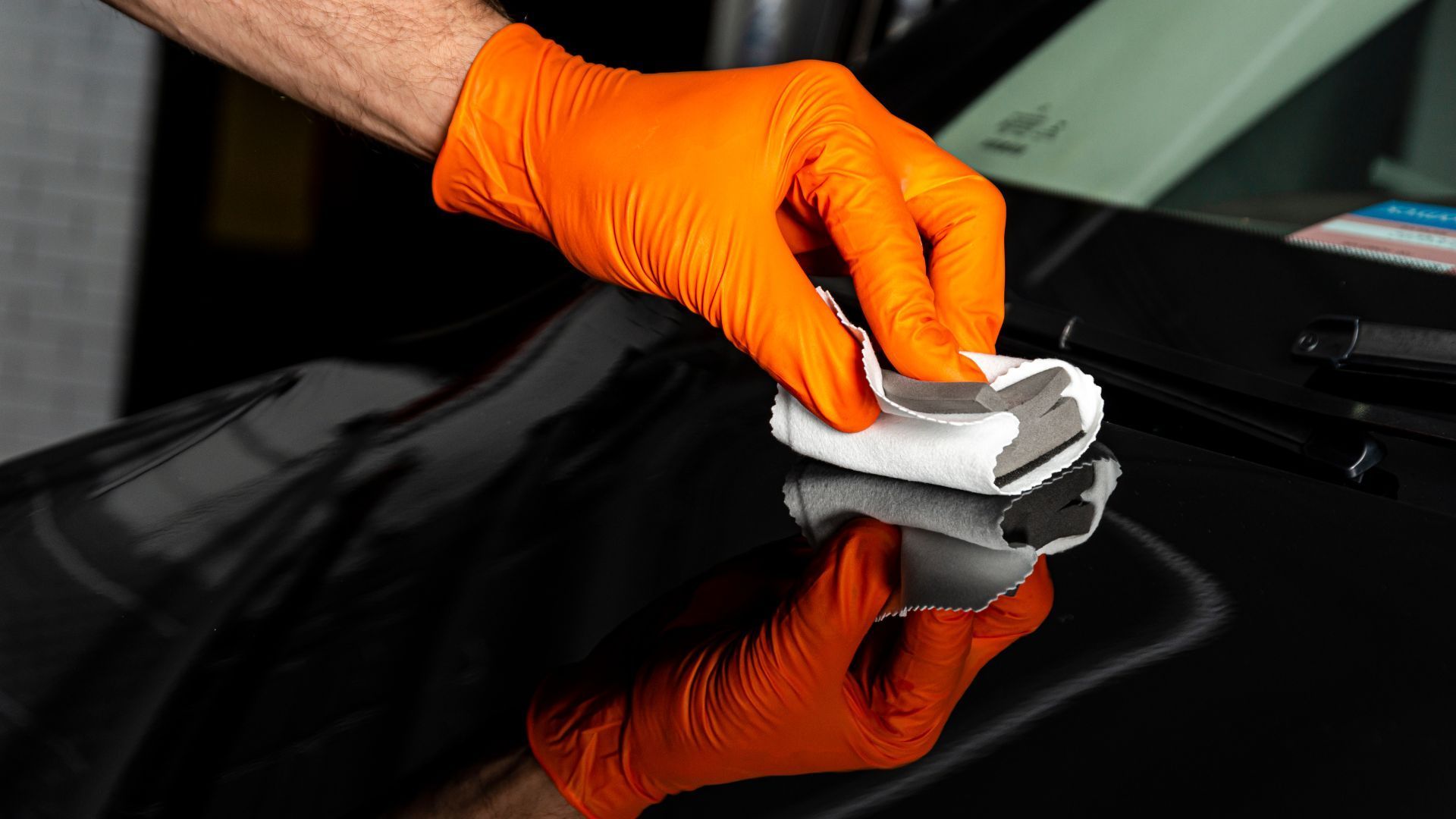The Purpose of Paint Protection Film: Benefits and Importance for Your Car
Paint protection film, simply known as PPF, works as a clear shield for your car's paint. The magic of this thin yet powerful layer lies in its ability to guard against scratches, chips, and other damages caused by everyday hazards like small rocks or bird droppings. You might not notice these seemingly tiny threats, but over time, they can dull your paintwork and degrade its shine. By using a high-quality paint protection film, you're really extending the life and vibrancy of your vehicle's look, maintaining that showroom freshness even after many miles on the road
The primary purpose of paint protection film is to safeguard a vehicle's paint from potential damage such as scratches, chips, and other environmental factors. By forming a protective layer, it helps maintain the car's appearance and can contribute to preserving its resale value.
Understanding Paint Protection Film
A paint protection film is like a knight in shining armor for your car—transparent yet resilient, shielding your vehicle from everything the outside world can throw at it. From road debris that can leave unsightly marks to environmental hazards such as bird droppings or tree sap,. It acts as a protective layer, akin to a superhero's force field, preventing scratches and chips from appearing on your car's surface. This means less worry about coming back to find surprises in your treasured vehicle. A paint protection film maintains the original appearance of your car by keeping it free of unsightly blemishes and preserving its resale value. It acts as an invisible shield without altering the aesthetic appeal of your vehicle. This is particularly beneficial for those who want to keep their cars looking immaculate over the years and for enthusiasts who view their cars not just as a mode of transport but as an investment.
Consider this: A car enthusiast invests in a classic vintage Porsche. They aren't just investing in a mode of transportation; they're investing in a piece of history. For them, preserving the pristine condition of their car is paramount. A paint protection film offers peace of mind by providing an additional layer of protection against the unexpected encounters that come with regular usage. Similarly, for everyday commuters, driving on highways or through construction zones exposes one's vehicle to pebbles and stones, often resulting in chips and scratches on the paintwork. PPF significantly reduces this wear and tear, maintaining the vehicle's appearance despite these harsh conditions. Understanding the protective capabilities and aesthetic benefits that paint protection film brings to the table underscores its importance for anyone seeking to safeguard their vehicle's exterior from damage and preserve its allure over time.
Benefits of Using Ppf on Different Car Surfaces
Protection Against Road Hazards
One of the biggest enemies of a car's exterior is road debris like rocks, gravel, and sand that get kicked up while driving. These airborne hazards can lead to unsightly chips and scratches on the paintwork, which not only diminish the appearance but also decrease the car's resale value. A paint protection film acts as a shield against these hazards, significantly reducing the risk of paint damage and preserving the pristine look of your car.
Resistance to Environmental Factors
Rain or shine, your car faces a barrage of environmental elements that can take a toll on its appearance. Bird droppings and tree sap can be extremely damaging to paint if not cleaned promptly and thoroughly. Moreover, prolonged exposure to harsh UV rays can cause the paint to fade over time, leaving your car looking worn out. A paint protection film resists damage from these environmental factors, ensuring that your car's paintwork remains unblemished and vibrant. By creating a protective barrier between the paint and these environmental aggressors, a paint protection film helps maintain the pristine appearance of your vehicle.
Long-Term Cost Efficiency
Investing in paint protection film is not just about preserving the aesthetic appeal of your car; it's also a smart financial decision in the long run. By mitigating potential damage from road hazards and environmental factors, PPF helps retain the resale value of your vehicle. Additionally, it reduces the frequency of expensive repaints or touch-ups that may have been necessary without this added layer of protection. Consider the value of your vehicle and the cost of adding paint protection film when deciding if it is worthwhile for your car. Preserving the exterior condition is crucial when it comes to selling or trading your vehicle. With a paint protection film in place, you can avoid potential devaluation due to visible wear and tear on the paintwork.
In essence, investing in paint protection film goes beyond mere aesthetics; it’s a strategic move to protect your automotive investment over time. By resisting damage from various sources and minimizing deterioration, PPF ensures that your car maintains its allure while saving you from expensive upkeep costs in the long run.
How PPF Preserves Your Car's Aesthetics
When considering a car's aesthetics, the focus is on its appearance—how it looks. Paint protection film acts as a shield for your car, helping to maintain its visual appeal by safeguarding it from various elements. Let's discuss how exactly it accomplishes this.
- Retains Original Appearance: A paint protection film is crafted to retain the original color and finish of your car's exterior. It serves as a barrier against the elements, preventing dirt, grime, and UV rays from dulling or fading the paint over time. Imagine your car's paint as a beautiful piece of art that deserves protection from fading due to sunlight or damage from scratches. PPF acts as an invisible layer, ensuring that your car maintains its glossy finish for an extended period of time.
- Minimizes Wear and Tear: In addition to preserving the shine and color of your car, a paint protection film also functions as a sacrificial layer, absorbing the impact of scratches, stains, and other damages that could otherwise affect the car's paint. It’s like having a bodyguard for your car’s paint. The PPF absorbs damage from everyday wear and tear, saving your car's original paint job from chips, scratches, or stains. This implies that minor abrasions and swirl marks have been significantly reduced.
Understanding these crucial functions of paint protection film helps emphasize its role in maintaining your car's aesthetics over time. It's not just about adding an extra layer; it's about safeguarding the beauty of your vehicle and ensuring it maintains its allure for years to come.
Selecting High-Quality Paint Protection Films
Choosing the right paint protection film for your car is vital to ensuring long-lasting protection and preserving its aesthetics. Reputable brands provide various grades of paint protection film, each with distinct features and benefits. Higher-grade films are crafted to offer better self-healing properties, absorbing small scratches and swirl marks over time, thus maintaining your car's pristine appearance.
Different paint protection film products feature varying thickness levels, with some offering enhanced durability against impacts from road debris and environmental elements. Thicker films generally furnish better protection against stone chips and scratches, especially for cars enduring frequent commutes or adventurous drives through diverse terrains. Consider a thicker paint protection film with superior impact resistance if you drive a sports car because it can protect your car's delicate paintwork from potential damage from gravel or other road hazards.
It's also important to find a paint protection film tailored to your specific car model and intended usage. The application of PPF to different areas of the car, such as the hood, front bumper, fenders, mirror caps, and rear bumper, can vary based on individual driving habits and environmental factors. When regularly commuting in an area prone to harsh weather conditions or heavy traffic, comprehensive coverage with paint protection film may be necessary to safeguard vulnerable areas from dirt, debris, and potential sources of damage. On the other hand, occasional drives may require partial applications on select panels to maintain the overall appearance of your vehicle without compromising protection.
Living in an area with frequent bird activity or tree-covered roads while applying paint protection film to areas most prone to bird droppings and sap can significantly reduce the risk of damage and staining, thereby preserving your car's finish and minimizing maintenance efforts. Additionally, it's essential to evaluate the UV protection ratings of different paint protection film options. Superior UV protection not only prevents paint fade and discoloration but also preserves the aesthetics of your vehicle's exterior under prolonged sun exposure.
Paint Protection Film Lifespan and Maintenance Tips
Paint protection film serves as armor for your car, shielding it from scratches, stains, and other damage. However, like any armor, it requires proper care to remain effective. Factors such as sun exposure, driving conditions, and maintenance significantly influence the lifespan of your paint protection film. Typically, with appropriate care and maintenance, PPF can last between 5-10 years.
Sunlight can be both a friend and a foe when it comes to paint protection film. While it helps cure the film during installation, prolonged exposure to UV rays can affect its longevity. High-quality paint protection film is designed to withstand UV exposure, but excessive sunlight over time can degrade its protective properties. To mitigate this, parking your car in shaded areas or using a car cover can help prolong the life of the film. Driving conditions also impact the wear and tear on PPF. If your daily commute involves rough terrain or construction sites, the film may experience more abrasion than usual. Additionally, regions with extreme weather conditions may affect the film's integrity. Regular cleaning and maintenance can mitigate these effects.
Basic maintenance plays a pivotal role in preserving the life of your paint protection film. Regular washing with a gentle car shampoo is essential to remove dirt and grime without damaging the film. Avoid using harsh chemicals or abrasive cleaning methods, as they can compromise the protective layer of the film and reduce its effectiveness over time. Regular cleaning using mild cleaners and microfiber cloths will help preserve the film's appearance and protective qualities. Additionally, post-installation care is crucial to allow the film to set properly. Avoid touching air bubbles or moisture under the film, as this can affect its adhesion and protection capabilities. After installation, it's recommended to allow a two-week setting period without water exposure or intense heat.
Understanding the factors affecting PPF's lifespan and adopting proactive maintenance measures ensures that your investment in paint protection film yields long-term benefits for your vehicle's protection.
Leading Paint Protection Film Solutions in Haddonfield, NJ
Unlock the ultimate defense for your vehicle's exterior at M&G Automotive Detailing in
Haddonfield, NJ. Our team of expert installers utilizes the industry's most advanced paint protection film solutions to shield your car, truck, or SUV from the rigors of daily driving. Experience the peace of mind that comes with our meticulous application process and premium-quality films, designed to guard against scratches, chips, and environmental damage. Discover how our leading-edge paint protection film can maintain your vehicle's showroom-fresh appearance for years to come. Entrust your prized possession to the skilled hands of the M&G Automotive Detailing team and enjoy the unparalleled protection and long-lasting beauty your vehicle deserves. Call us at
(609) 923-3123 to get started!

